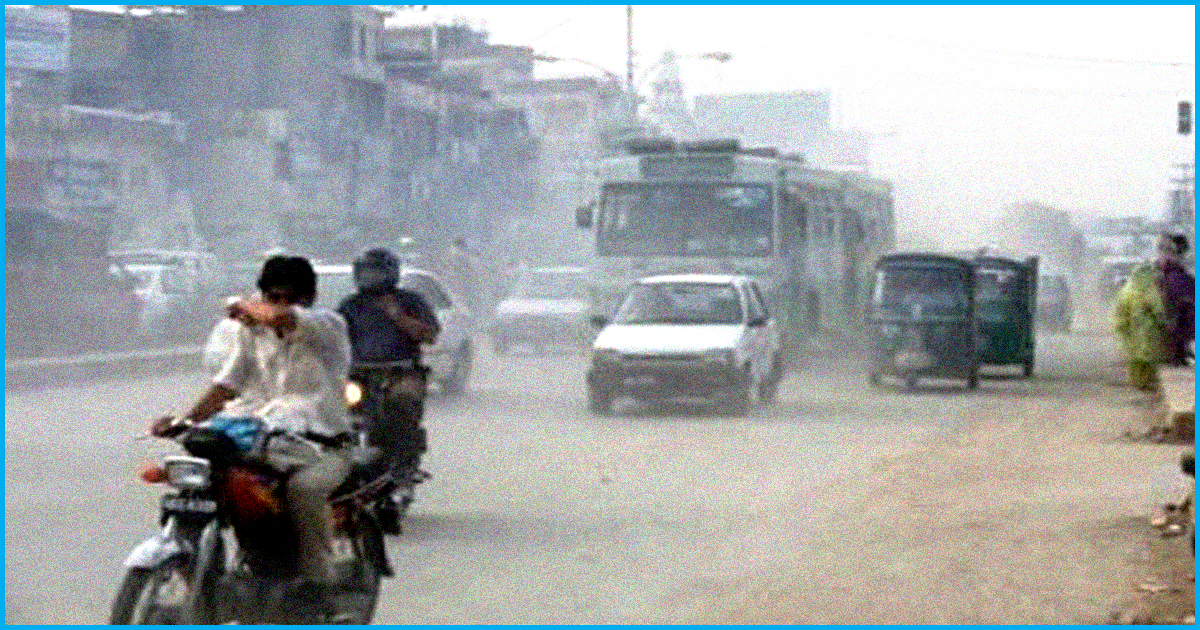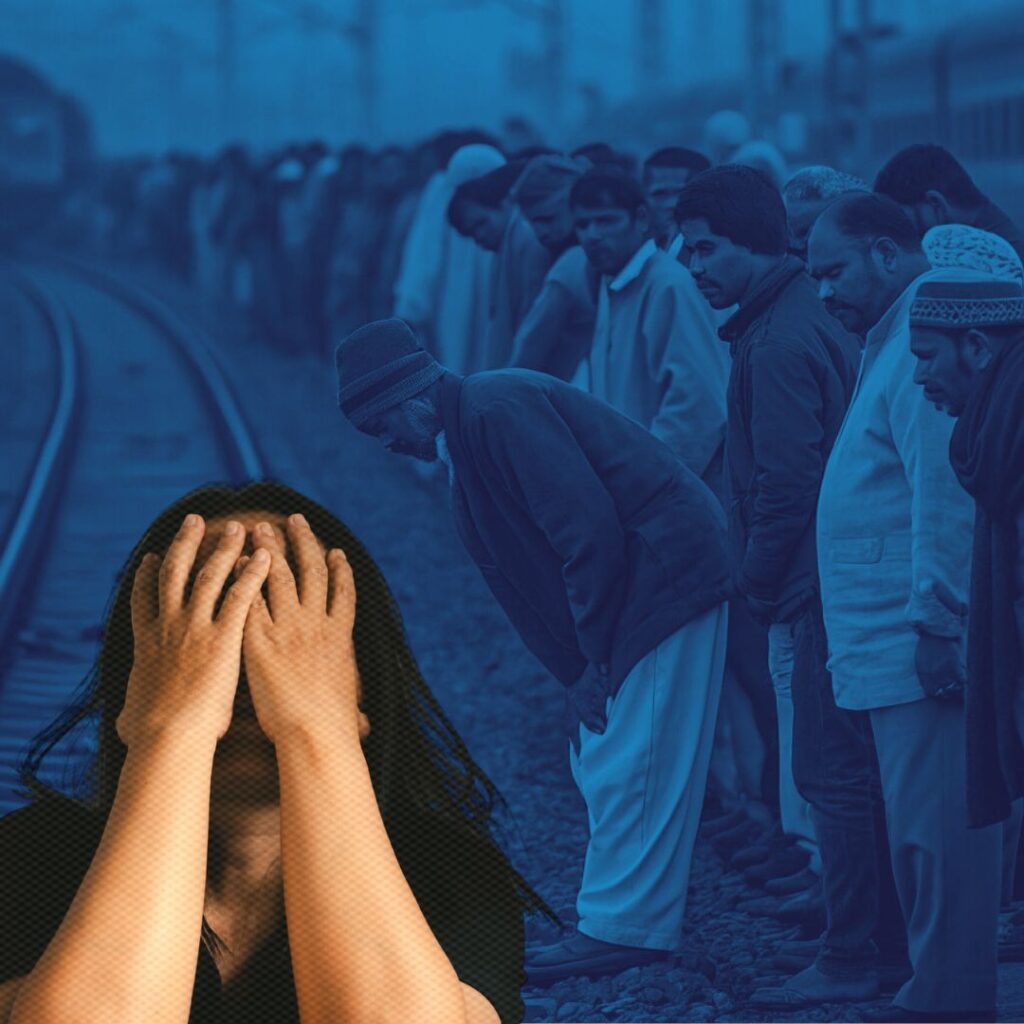Whenever Delhi’s air quality plunges, it makes a national headline. As the national media sits in Delhi, it takes considerably lesser efforts to highlight Delhi’s air pollution in comparison to report the same from smaller cities and towns of India.
Very often, undivided media attention on Delhi gives the impression that it’s only Delhi & NCR region that suffers from bad air quality. But on the contrary, most of the Indian cities in north India have air quality far worse than Delhi.
Air Quality Index & Air Pollution In North India
The quality of air is usually expressed as the Air Quality Index (AQI). AQI considers eight pollutants – PM10, PM2.5, Nitrogen dioxide (NO2), Sulphur Dioxide (SO2), Carbon Monoxide (CO), Ozone (O3), Ammonia (NH3) and Lead (Pb). The more the AQI, the more severe the pollution. While anything above 50 isn’t considered good, many cities in the northern regions have air that constantly falls in the very poor or severe category.

Source :- OneIndia.com
The Air Quality Index (AQI) of December 6, 2018, from the air monitoring station at Sanjay Palace – Agra, Lalbagh – Lucknow, IGSC Planetarium Complex – Patna and Collectorate – Muzaffarpur revealed that these cities had air worse than Delhi on that particular day. Kolkata’s average AQI was also 34 points above Delhi’s average air quality index. Muzaffarpur (Bihar) and Kanpur (Uttar Pradesh) had AQI 410 and 447 respectively, close to Delhi’s most polluted area Anand Vihar (414). In Delhi, NSIT Dwarka and Aya Nagar (close to Aravalli Biodiversity Park) monitoring station, recorded the lowest AQI – 210 and 245 respectively.

It is also often thought that owing to lower population density, the other cities of the National Capital Region (NCR) have a better air compared to Delhi but the air quality data of December 6 proves otherwise. While Delhi recorded an average AQI of 343; Ghaziabad scored 68 points above it. (*Gurgaon’s data wasn’t available for the day.) The air monitoring station at Noida’s Sector 125 registered an AQI of 414 only next to Delhi’s Ashok Vihar (418) and Mundka (434). Location of a large number of industries, unending real estate construction, biomass burning and vehicular emissions makes these satellite towns more polluted than Delhi.

Though the air quality falls into the satisfactory and moderate level, coastal cities have far better air quality as compared to cities situated in the northern plains of India, owing to land and sea breeze.

PM 2.5, is shockingly 8-10 more times than the standard level set by the World Health Organisation. The particulate matter (PM 2.5) which is emitted majorly from vehicular emission, construction activities and crop burning passes through our lungs into our blood supply and is carried further throughout our bodies. PM 2.5 is an “invisible killer” making us vulnerable to asthma, influenza, lungs and cardiovascular diseases. Average PM 2.5 level on December 7, 2018 in Varanasi, Patna, Kolkata and Kanpur was higher than Delhi.

A report titled ‘The impact of air pollution on deaths, disease burden, and life expectancy across the states of India’ states that 1.24 million people died in India in 2017 (that constitutes 12.5% of the total deaths) due to reasons that can be attributed to air pollution. To put things in perspective, one out of eight deaths in India in 2017 happened due to air pollution.

The report also states that the population weighted mean of PM 2.5 (total PM 2.5 emission in the state/population of the state), was much higher than 40 (µg/m3), the limit recommended by the National Ambient Air Quality Standards in India. Delhi had the highest annual population-weighted mean PM2·5 in 2017, followed by Uttar Pradesh, Bihar, and Haryana in north India, all with mean values greater than 125 μg/m³. It simply points out the fact that rural India is also equally vulnerable to air pollution owing to the use of solid fuel for cooking, crop burning and dust from farmlands and local factories.

Literatum Online
Though only Delhi’s air pollution is highlighted and becomes a major concern in media, the reality is that many parts of India have air quality far worse or same as Delhi. Air pollution has different causes, primarily vehicular emission in cities and use of solid fuel in rural areas but its effect remains the same – lethal and alarming. Air pollution is a slow killer. We urgently need an immediate action plan and a collaborated effort to counter the growing menace of air pollution.
Also Read: 4.8 Lakh People Died In 2017 Due To Household Air Pollution: Study











